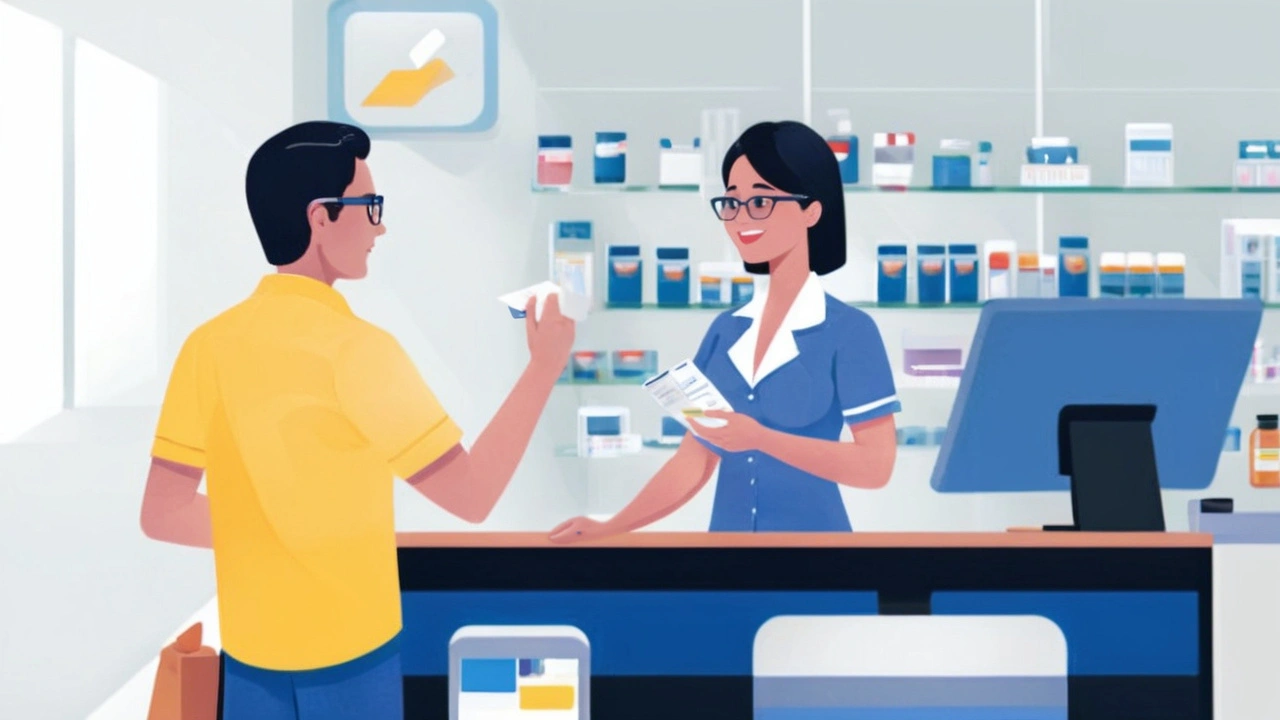Chain Drug Stores: How to Use Them, Save on Prescriptions, and Stay Safe
Chain drug stores are everywhere for a reason: convenience, hours, and a predictable set of services. If you use them right, they can save time and money. Here’s a straight-up guide on what they offer, how to cut costs, and simple safety checks before you hand over a prescription.
Smart Shopping & Savings
Most chains run their own discount programs, loyalty cards, and weekly deals. Sign up for the store app and scan loyalty offers before you buy—many coupons only appear there. Always ask the pharmacist if a generic exists; generics are usually much cheaper and work the same for most conditions.
Compare prices quickly: use the chain’s app, Google the drug name plus “price,” or check third-party price-comparison sites. If you have insurance, check the copay versus the cash price—sometimes cash is cheaper than going through insurance. Look for manufacturer coupons and discount cards (GoodRx-style) you can present at checkout.
Time your refills. Chains often have auto-refill, 90-day supplies for maintenance meds, and medication synchronization (pick up all monthly meds the same day). These reduce trips and sometimes lower costs.
Pharmacy Services & Safety Tips
Chain pharmacies do more than hand out pills. Think immunizations, flu and COVID shots, basic health screenings, and medication counseling. Use the private consultation room if you need a calm chat about side effects, interactions, or how to take a medicine.
Before you trust any pharmacy, check one concrete thing: a visible state pharmacy license or the pharmacist’s credentials. If you’re unsure about an online order from a chain, verify the web address and call the store number on their official site to confirm.
Transferring prescriptions between chains is usually fast. Bring your insurance card and the original prescription info. For controlled substances there may be extra rules and a short transfer window—ask the pharmacist up front.
Want meds faster? Use in-store pickup, curbside pickup, or same-day delivery if the chain offers it. For ongoing meds, auto-refill plus home delivery avoids missed doses. Keep receipts and medication labels—it helps if something goes wrong or you spot a billing error.
Compare chain vs local independent pharmacies. Chains can be cheaper and have more hours; independents often offer personal service and better local communication. If your condition needs close follow-up, a smaller pharmacy might call you faster.
Finally, speak up. If a pill looks different, if a pharmacist gives conflicting advice, or if you get the wrong quantity—stop and ask. Chains move fast, but your pharmacist should slow down for safety. Use their expertise; that's part of what you pay for.

Rise in Mail Order Pharmacy Popularity Underscores Challenges Faced by Chain Drug Stores
Mail order pharmacies are gaining traction due to higher customer satisfaction, while chain drug stores face hurdles like long wait times and trust issues. The J.D. Power 2024 U.S. Pharmacy Study highlights this shift towards more convenient pharmacy solutions and the need for chains to improve their operations. Technology and automation are likely to shape the future of pharmacy services.
More Detail